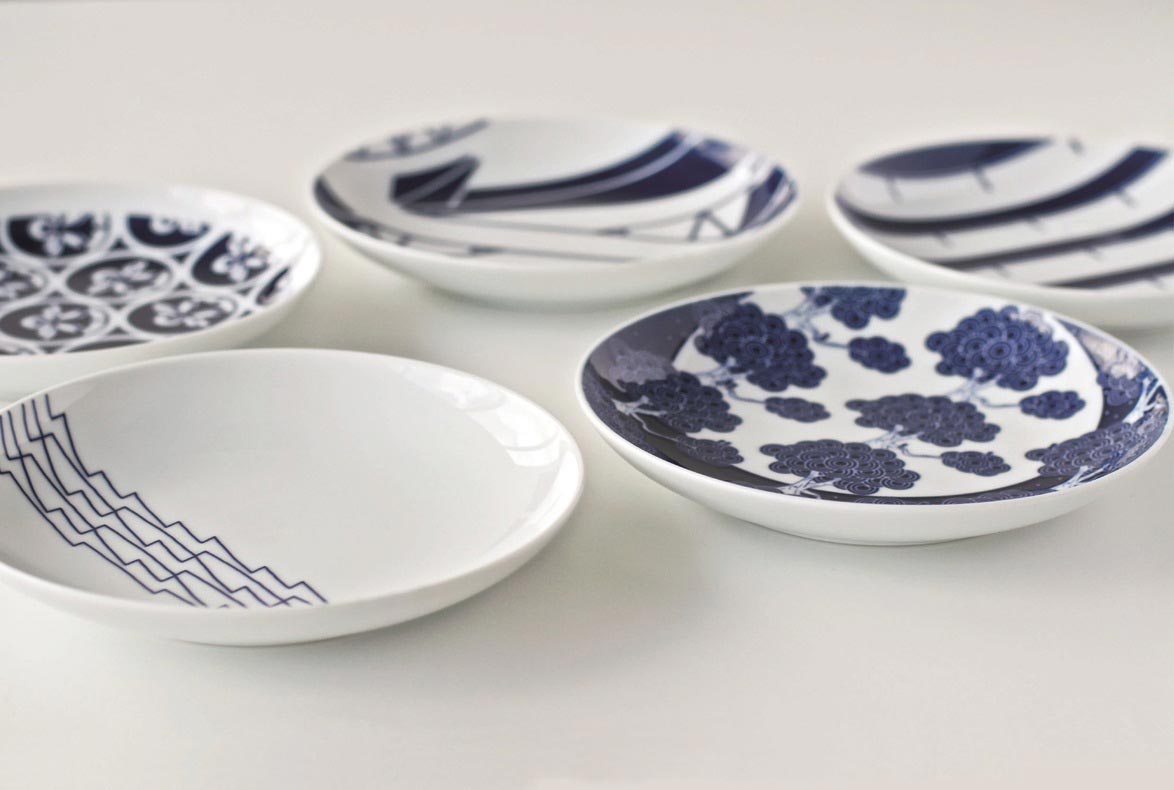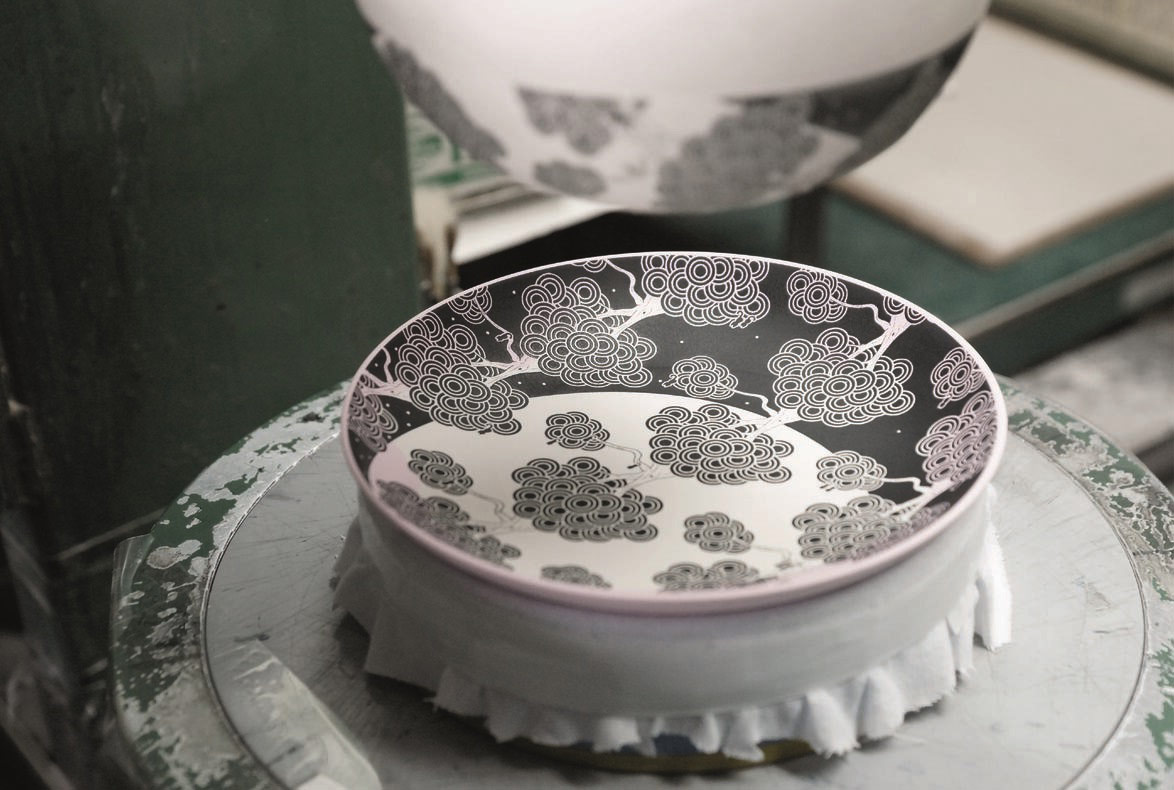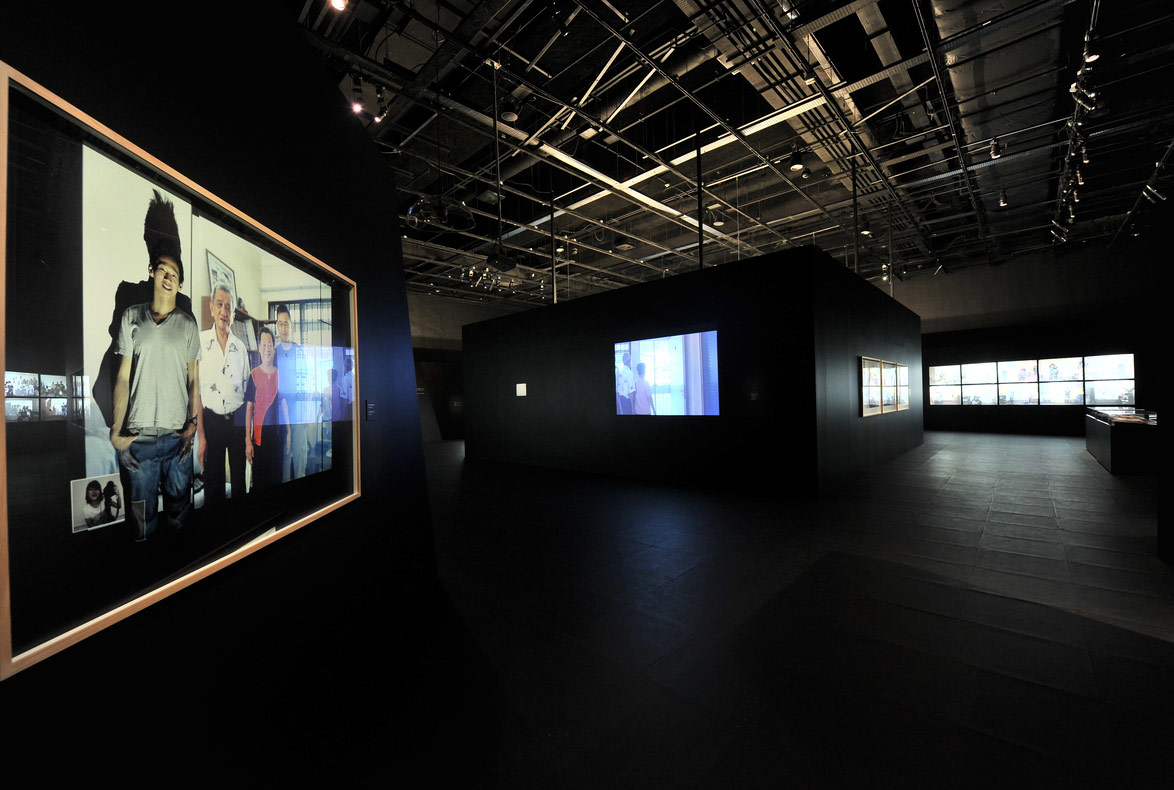DESIGN OF THE YEAR 2013
Singapore Icons
Supermama
CONTACT
[email protected]
The Singapore Icons collection is initiated by SUPERMAMA. It is a collection of porcelain wares created in collaboration with Japanese porcelain company KIHARA INC. The intent of the collection is to identify new Singapore icons, as alternatives to the Merlion. Apart from introducing new Singapore Icons, a crucial part of this initiative explores the potential of collaboration between Singapore designers and Japanese makers.
Two opportunities arose from this project. The first is the opportunity of multi-disciplinary collaboration between local design studios, to create a new brand. Five design studios were invited to create a unique Singapore icon based on contemporary archetypes that a wide audience, both local and international, can appreciate. Their exploration of these new Singapore icons forms the first collection for Democratic Society, a new SUPERMAMA label.
For a country which lacks access to craftsmen, the second opportunity is to establish international partnership, specifically with Japanese makers. KIHARA INC. is a Japanese ceramic brand based in Saga prefecture in Japan. The company has 400 years of porcelain making tradition and techniques. A successful launch of the collection will open up more possibilities for future collaborations with Japanese makers. The challenge is communication. The entire project was made possible by engaging a consultant in Japan.
The design process started out with the creation of the Singapore Icons, including design research, selection of thematic approaches and creating the final artwork. Each design studio produced artwork for three motifs to be printed onto porcelain plates. Upon completion, the motifs were registered as design trademarks.
The creation of the prototypes involved liaising with KIHARA to understand price point for the different processes of porcelain making and cobalt printing. Artworks were rectified for print at this stage. The final stage of production involved making the prototype batch in a small production run of 200 pieces per design. In total, 1,500 pieces of porcelain wares were produced.
About the Designer
Edwin Low is the creative mind behind SUPERMAMA. He set the design brief and direction for the collaborative work of Democratic Society. Democratic Society evolved from a chance encounter with KIHARA INC., a ceramics maker based in Japan. KIHARA was trying to promote its international operations for the past 10 years. Singapore was its last stop. SUPERMAMA was looking for crafts people who were willing to engage in design. Their coming together was a fruitful chance encounter.
Singapore Icons was a project involving five young designers creating products under a collective brand. The collection was launched at design festivals which were also testing grounds for market and retail interest for the prototypes. From the sales, they realized that they have created a product where design plays a pivotal role in the sales. People bought the Singapore Icons not because they were made in Japan, but because the design resonated with them.
The collection offers meaningful design content that is accessible to the masses. It was created as gifts that represent Singapore. Before Singapore Icons, there were only the very affordable or the very exclusive gifts.
The project seeks to document history, culture or lifestyle through everyday artefacts. The argument is that if archaeologists can make sense of a particular culture by studying artefacts unearthed from the ground, then a well-designed object can be identified with the people or society. Likewise, the Singapore Icons collection is a representation of artefacts that define us collectively as a society.
For Edwin, SUPERMAMA is not work, but a past time. The motivation behind it is his interest in life. Family support keeps him going. He and his wife started SUPERMAMA when their second child was only one month old. He is inspired by the ability of children to articulate and interpret imaginatively.
Industrial design for him is part consumer and part material culture. In fact when SUPERMAMA first started, the shopkeepers were instructed to refrain from selling, but encouraged to share. The shop even “choreographed” the experience with scent and smell. Edwin did everything opposite from the conventional market. He opened a shop when retail was declared dead. He did not market, yet people asked more about SUPERMAMA.
As an educator, Edwin believes that designers should learn to be more sensitive to the environment and everyday life, so that they may add (personal) dimensions to their design. Young designers should not start by chasing after awards. They need to have a vision of what they want and an understanding that everyone has a different talent.
DESIGNER
SUPERMAMA
Edwin Low Chee Siong
ampulets
James Teo Chye Koon
Relay Room
De Winne Mark Yehan
Quiet Studio
Fion Lum Pui Mun, Designer
Desinere
Melvin Ong Yit Leong
Chang Shian Wei
DESIGNER
SUPERMAMA
Edwin Low Chee Siong
ampulets
James Teo Chye Koon
Relay Room
De Winne Mark Yehan
Quiet Studio
Fion Lum Pui Mun, Designer
Desinere
Melvin Ong Yit Leong
Chang Shian Wei
1SINGAPORE ICONS
Group photo of the 15cm plates
(Photo by: Supermama)2SINGAPORE ICONS
HDB Sets
(Photo by: Supermama)3SINGAPORE ICONS
Group photo of the 10.8cm plates
(Photo by: Supermama)4SINGAPORE ICONS
Mould for painting of the stamp
(Photo by: Supermama)5SINGAPORE ICONS
Japanese maker mixing cobalt paint
(Photo by: Supermama)6SINGAPORE ICONS
Painting process using a stamp
(Photo by: Supermama)Insights from the Recipient
“The effects and impact of design go across industries. I think the best way forward for emerging designers is to look outside of the typical design industry into sectors such as commerce, education, public service etc.”
Citation
Jury Citation
Nominator Citation
Lim Fong Wei
Lifestyle Editor and Design Journalist
Lianhe Zaobao
This Design of the Year Award goes to an entrancing and delightful range of Singapore souvenirs, transforming that genre from the usual clichés associated with such products, and finding instead contemporary expressions of Singapore, manifested with exceptional craft and beauty.
The Jury was impressed by the entrepreneurial spirit of the venture, which sought out a small, highly skilled, traditional Japanese ceramics and glazing company, itself on the verge of extinction, and applied their master craft skills to these new expressions of Singapore.
Each set of ceramics abstracts a well known aspect of Singapore, from Housing and Development Board public housing and the cranes on its skyline, to Singapore’s national orchid and its tropical climate. Each design expression is manifested with exceptional craft… and a touch of wit to make us smile!
Democratic Society X Kihara (by SUPERMAMA) is a collaboration that works on so many levels. The resulting Singapore Icons effectively highlights the beauty of heritage craftsmanship as it retains and celebrates the distinctive Singapore spirit.
Seeing iconic Singapore images, cranes (re-mixed with construction cranes), orchids and HDB flats represented in porcelain and reinterpreted with a traditional craft that is 400 years old is nothing short of moving and poetic. Many Singapore designers have recently paid homage to Singapore iconography in the form of post-its, stationeries, tote bags etc, and in my opinion, the effort, while enjoyable and interesting, ultimately appears too mundane and banal. They cannot last because they are mostly exercises in pop design.
Owning a set of the Singapore Icons HDB flats porcelain tableware however is a rather emotional experience. Visually, the simple lines and geometric shapes that combine to paint our HDB environment is subtle, classy and yet instantly recognisable. There is something moving and poetic about seeing the public living spaces that we have subconsciously come to consider as banal and uninspiring represented in such a refined way. The choice of material honours our daily lives, and in a larger way our collective memories. It made me proud to live in an HDB flat, to be part of the 居者有其屋 (every resident should have a home to call his own) dream.
The collaboration also works as a design education. It not only teaches Singapore buyers to appreciate the refinement of craft but also understand that quality design must go hand-in-hand with high level craftsmanship and handiwork. Overall the Singapore Icons by Democratic Society X Kihara is a sophisticated and multilayered collaboration that deserves to receive the Design of the Year award.










